Deck & Commander Strategies
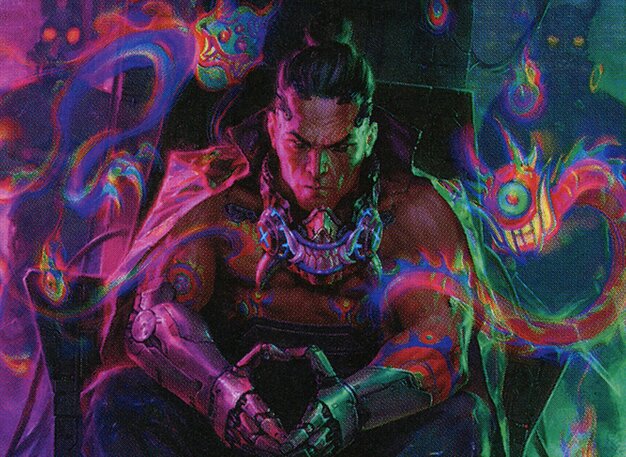
Satoru Umezawa
Utilizes ninjutsu to swap in unblockable creatures during combat, generating card advantage and controlling the board through evasive threats.

The Necrobloom
Focuses on landfall to create tokens and zombies, leveraging graveyard dredge and mass token production to overwhelm opponents.

Imodane, the Pyrohammer
Deals damage through instant and sorcery spells targeting creatures, with damage doubling effects to punish opponents across the board.

Delney, Streetwise Lookout
Employs a white weenie approach, enhancing low-power creatures with evasion and doubling triggered abilities to apply consistent pressure.
Gameplay Insights
- 1
Satoru Umezawa’s use of a powerful end-step effect that forced all opponents to draw seven cards while reducing their maximum hand size was a game-altering play that disrupted opponents’ resources.
- 2
Imodane’s deck capitalized on doubling damage from spells targeting creatures, effectively turning single-target removal into a multi-target threat.
- 3
Delney’s ability to make small creatures unblockable against larger blockers and double triggered abilities created significant evasion and value over time.
- 4
The Necrobloom’s combination of landfall and dredge mechanics allowed for continual board presence growth and resilience.
- 5
Players balanced the timing of key plays such as land drops, token generation, and damage spells to maintain control and pressure throughout the game.
Notable Cards
-
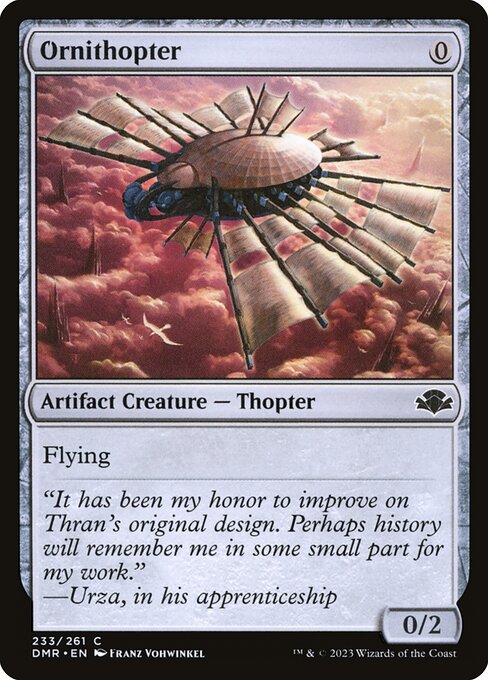
Ornithopter
-
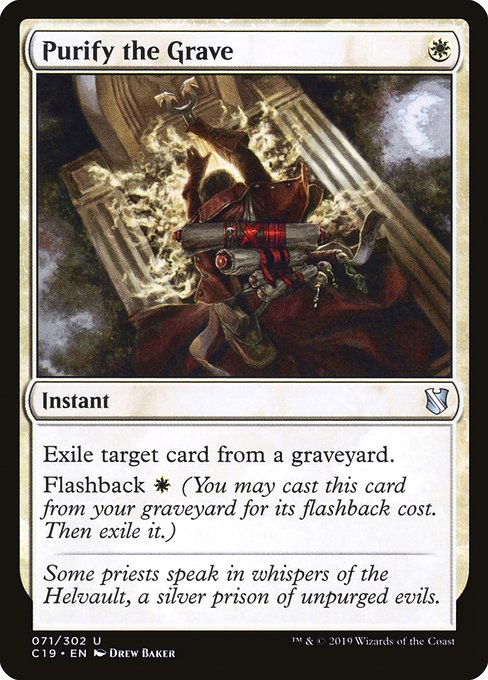
Purify the Grave
Gameplay Summary
The game began with a relatively slow and fair pace, with players developing their boards and ramping mana.
Satoru Umezawa leveraged his ninjutsu ability to swap in unblockable creatures, applying pressure and drawing cards, which started to escalate the tempo.
The Necrobloom player focused on landfall triggers, generating numerous tokens and zombies, while Imodane, the Pyrohammer aimed to multiply damage through instant and sorcery spells targeting creatures, turning direct damage into a board-wide threat.
Delney, Streetwise Lookout employed a white weenie strategy, boosting the efficiency of small creatures and making them difficult to block, aiming to chip away at opponents with multiple triggers on their abilities. A critical turning point came when Satoru Umezawa successfully cast a powerful spell that forced all opponents to draw seven cards and drastically reduced maximum hand sizes, severely disrupting opponents' resources and drawing clear hostility.
This play increased the stakes and led to an aggressive clash between players.
Imodane’s damage doubling and Delney’s evasion tactics contributed to a fast-paced, high-pressure environment.
Throughout the game, players carefully balanced board presence, resource management, and timing of key spells to maintain momentum.
The game’s flow highlighted the synergy between ninjutsu tricks, token generation, and damage multiplication, culminating in intense combat phases and targeted removal that dictated the eventual winner.



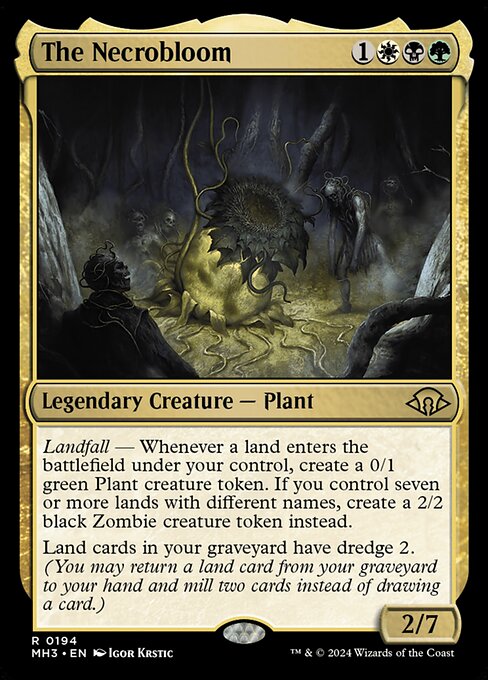
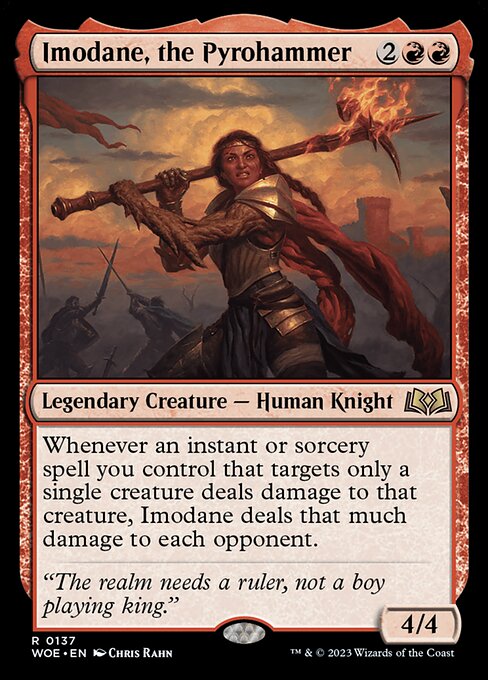
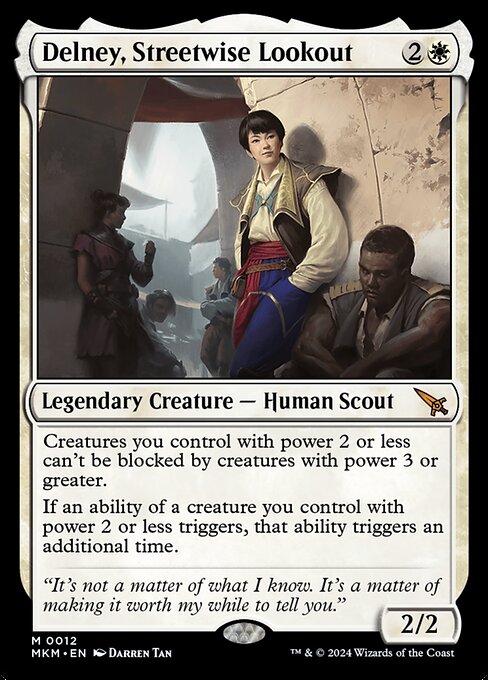

























![Commander Chaos: Dieser Joghurt war einfach OP | Herumkommandiert #11 | EDH Gameplay [Deutsch] thumbnail](https://i.ytimg.com/vi/kkVzzfyoM6A/sddefault.jpg)






















